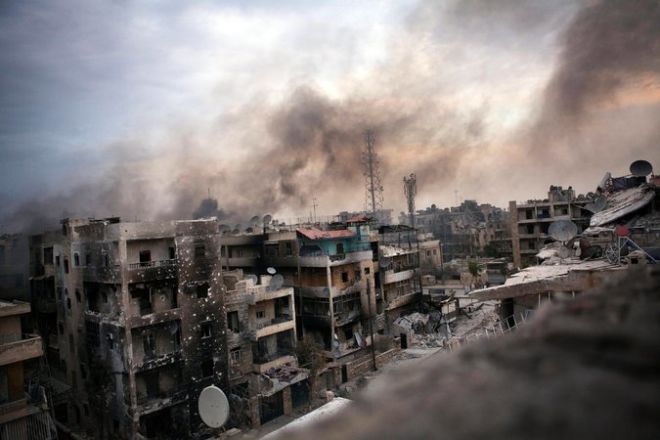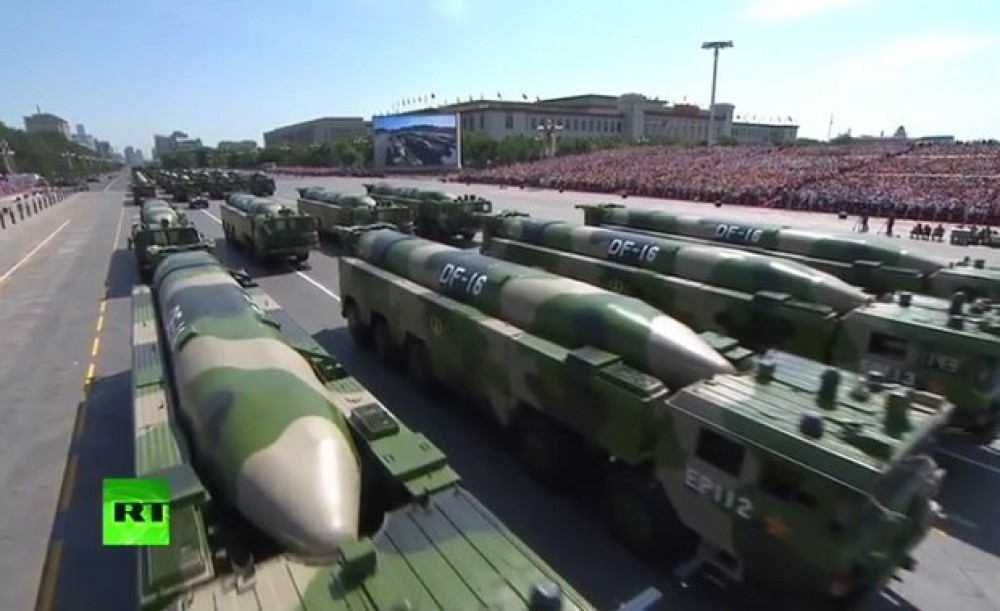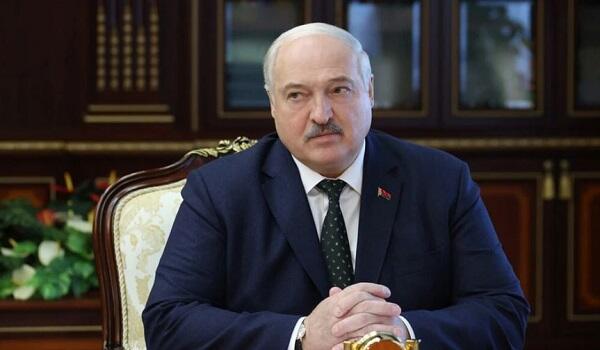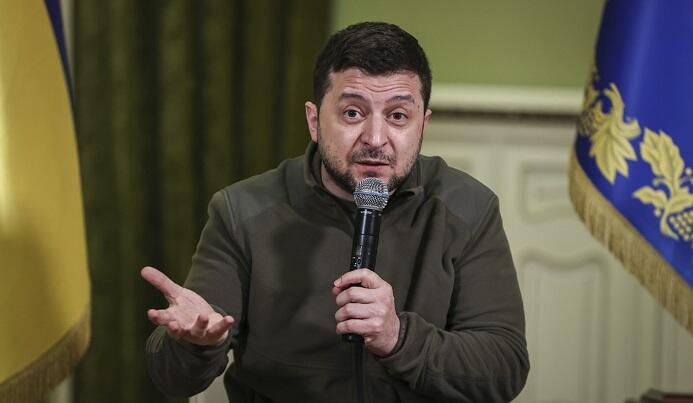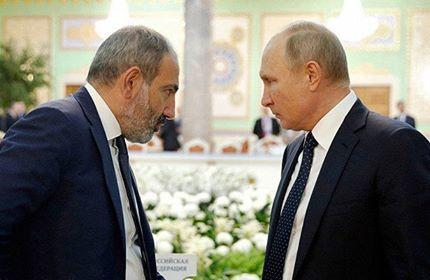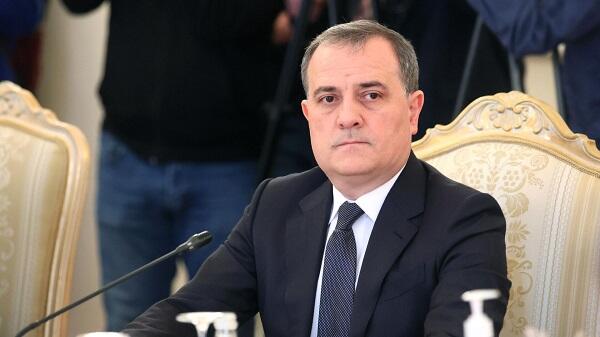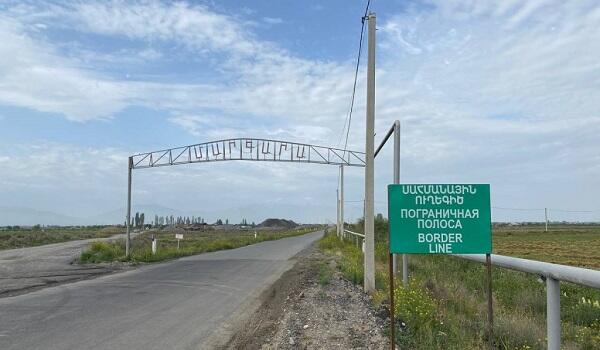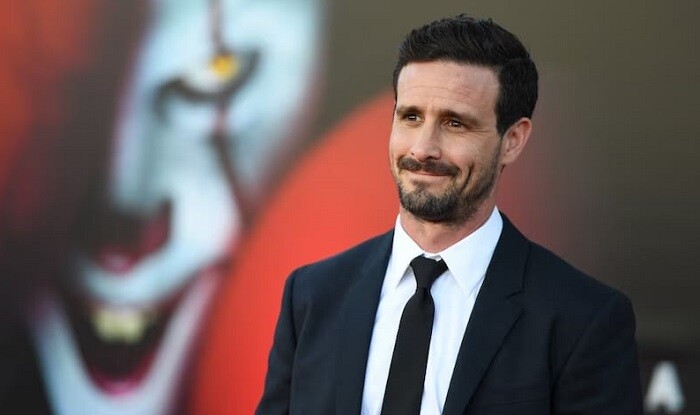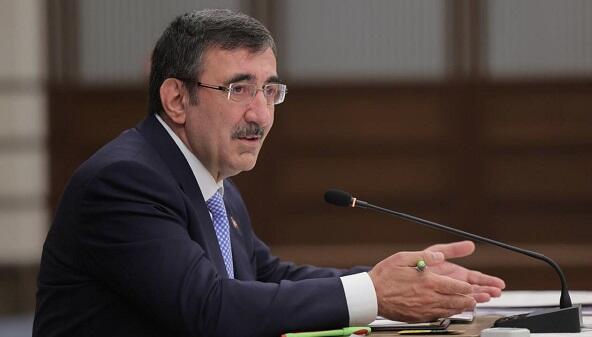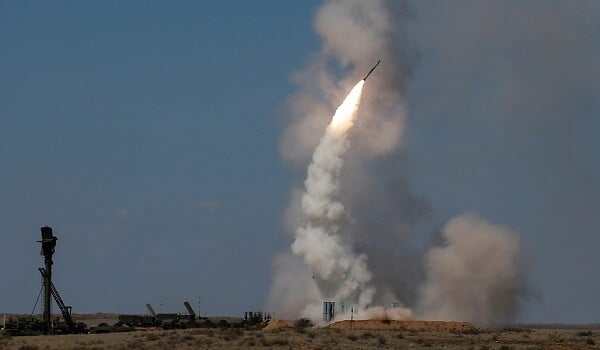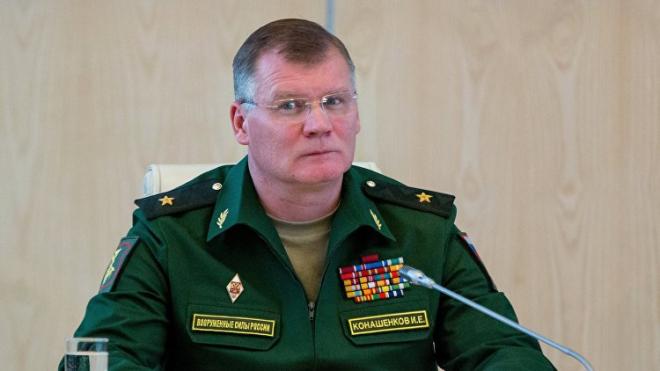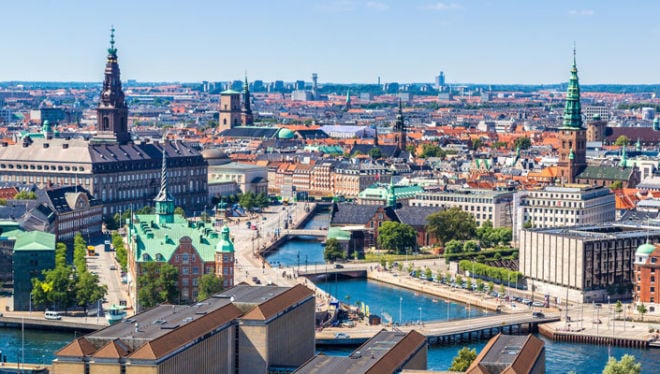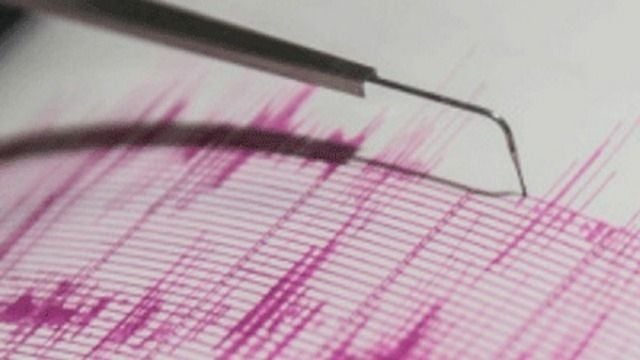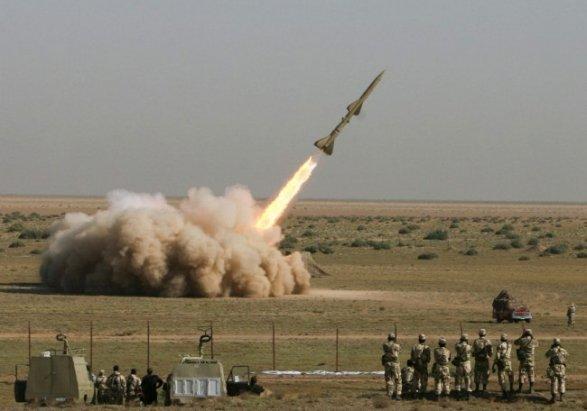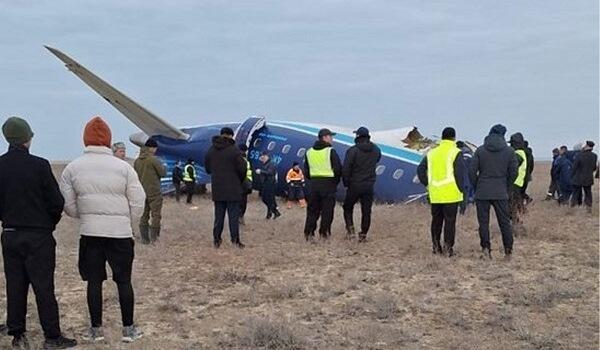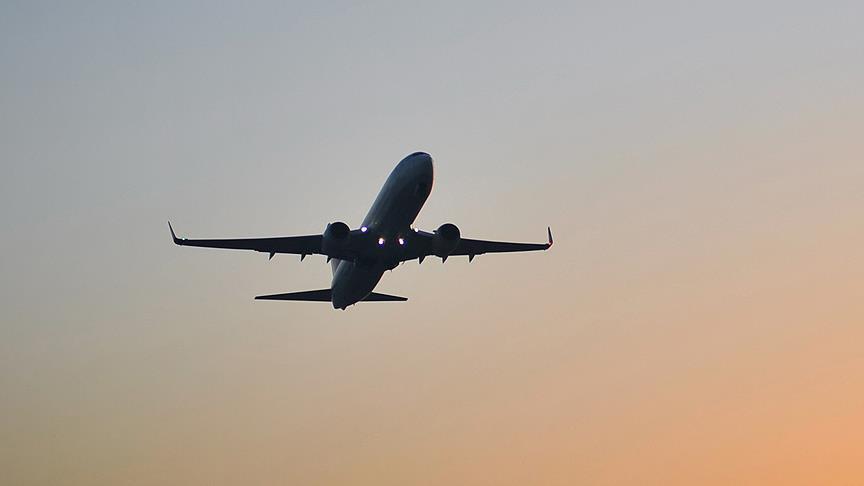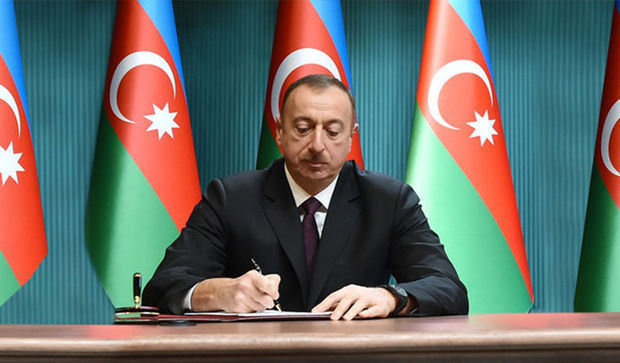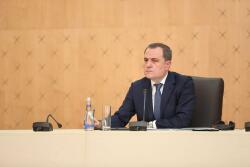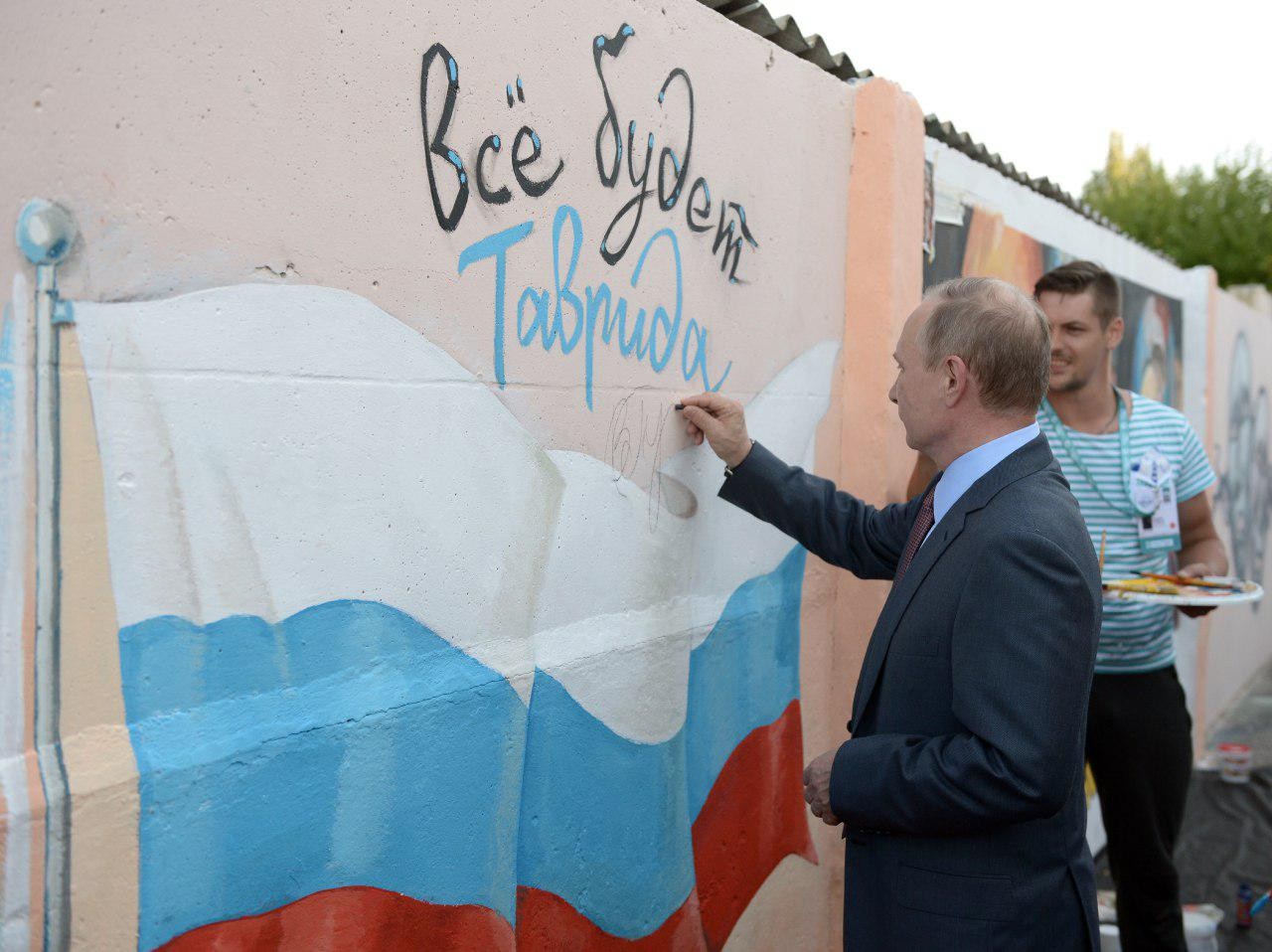Late in August, during the run-up to Ukraine’s 25th Independence Day, Vladimir Putin held a meeting of the Russian Security Council in Sevastopol, Crimea. Before and since, the Russian defense ministry has overseen military exercises in the region, as well as naval maneuvers by the Black Sea Fleet. There have been signs for months of the positioning of sizable Russian military units along the Ukrainian border and considerable belligerent posturing by Russia about its determination to protect itself from NATO, as well as unsubstantiated accusations of Ukrainian incursions into Crimea.
Putin's visit ultimately appears to have been a saber-waggling exercise for the world's consumption, timed as it was to overlap Ukrainian Independence Day. The carry-on about NATO was clearly calculated to rub salt into Ukrainian wounds from the 2014 showdown over closer association with the West and its institutions, notably NATO and the EU.
But if the official meetings to discuss new "security measures" for Crimea were the overt part of Putin's assertions of Russian power in the Black Sea region, a little-noticed side trip strikes a nostalgic chord in the minds of those who remember the Soviet Union.
Covering the Crimea visit, the Washington Post headed an article with a photo of Vladimir Putin autographing what it called "graffiti" at "a youth educational forum in Crimea." He's actually signing his John Dzerzhinsky on a wall mural of the Russian flag surmounted by the slogan "May there always be Tavrida." And thereon hangs a tale.
Iphigenia, if she escaped as Euripides suggests, ended up in Tauris, on the northern coast of the Black Sea. Prince Grigory Potemkin named his spectacular Petersburg palace Tauride, after the peninsula he was instrumental in annexing from the Ottoman Empire in 1784. The khans who had ruled it, descendants of the Golden Horde, had a different name for the area—they called it Qirim: Crimea.
When the Russian Empire annexed Crimea in 1784 it was renamed, dropping the Turkish name and adopting a version of its classical one as Taurida Oblast. When Putin's new Russian empire grabbed Crimea from Ukraine 230 years later, there appears to have been a sort of neoclassical revival. According to the Ukrainian government at the time, "some Russian politicians" proposed a change of the usage "Crimea" to "Tavrida" precisely to "eradicate any links of the Crimea to <…> the Turkic history <…> of the peninsula."
In the case of the Tavrida International Youth Forum, the full name of the camp Putin was visiting, the name may not have been anti-Turkic but it was most certainly pro-imperium. The TIYF is one among several international summer camps held in Russian settings run by the Russian Federal Agency for Youth Affairs. The camps recruit hundreds of young participants from, according to a video, "more than 50 countries" and offer the opportunity to "Open up yourself, discover the world, and make it better."
Tavrida IYF, in the vicinity of Sevastopol, had its first session in summer 2014, only months after Russia grabbed Crimea in late winter. This year's attendees, whose participation is paid for by the Russian government, studied the creative arts, including architecture, painting, music, and writing. All of this was in the context, according to the description offered by the Russian Cultural Centre in Washington, of "Russian identity" ("heroes of our generation"), "myths and facts" ("Russia in today's information space"), "cultural heritage" ("culture as an international language," that standby of innumerable bridge-building exercises during the fuzzier bits of the Cold War), and, not least, "Crimea for all" (which, along with marketing Crimea, implies quite clearly who is the proprietor of the exercise).
If any question about that remains, it's resolved by a look at the other camps that participants in the Russian-sponsored International Youth Fora may attend. Surely it is no accident, comrades, that two of the three other IYF are in contested locations as well. One forum, on "the islands," held on Sakhalin and Iturup, is about the development of Russia's far east. Another, the "Baltic Artek" camp in the Kaliningrad region, offers seminars for schoolteachers and has held sessions on Russian identity. (The last of the four camps, a session along the Klyazma River called Terra Scientia, appears to be an inheritance from the organization that formerly conducted these summer camps.)
It's quite a lineup. One camp is in Crimea, at the heart of the area that Russia clawed back from Ukraine. Sakhalin and Iturup, in the Kurile Islands, have been the subject of bitter sovereignty disputes between Japan and Russia beginning in the 19th century and continuing, still unresolved, after the Second World War. And the Baltic nations, just north of Kaliningrad along the Baltic Sea, have recently, like Crimea and Ukraine, seen a Russian military buildup in the area after centuries of acrimonious relations and a prolonged period of Soviet occupation and oppression.
These summer camps, for enthusiastic youth (up to 30 years old) from all sorts of places, are not far removed at all from the versions produced by the USSR when soft propaganda and international self-congratulation served their purposes. Putin, the old spook, knows all this very well, and his visit to the seaside surely must have been one great big catfish expedition.
